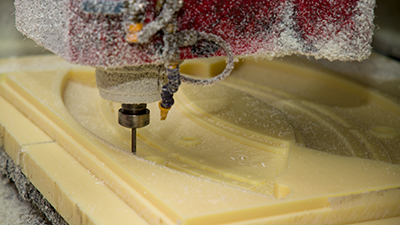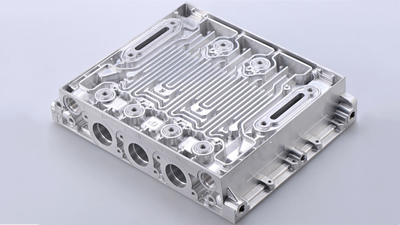Mastars' rapid prototyping service can provide various prototyping services according to customers' needs, verify your designed, provide fast, efficient and cost-effective services, and lay the foundation for future mass production of your products.
Electroplating is the process of applying a layer of other metals or alloys to a metal surface using the principle of electrolysis. The purpose of electroplating is to apply a metallic coating to a substrate to change its surface properties or dimensions. Plating enhances the corrosion resistance of metals (plating metals are mostly corrosion resistant), increases hardness, prevents wear, improves electrical conductivity, lubrication, heat resistance, and surface aesthetics.

Although both plastic and metal prototypes can use plating technology, there are still differences in plating because their characteristics are not quite the same. Plastic prototypes have stronger adsorption power and can be plated directly on the surface of the prototype, while metal prototypes will fall off easily if plated directly.
In addition, there are different functions depending on the plating requirements. Examples are as follows:
1. Copper plating: priming, to enhance the ability of plating layer adhesion, and corrosion resistance. (Copper is easy to oxidation, after oxidation, copper green no longer conductive, so copper plating products must do copper protection)
2. Nickel plating: priming or appearance, to enhance the corrosion resistance and wear resistance, (including chemical nickel for the modern process of wear resistance than chrome plating). Now many electronic products, such as DIN head, N head, no longer use nickel priming, mainly because nickel is magnetic, will affect the electrical properties inside the passive intermodulation.
3. Gold plating: improve the conductive contact impedance, enhance signal transmission. (Gold is the most stable, but also the most expensive.)
4. Palladium-nickel plating: improve the conductive contact impedance, improve signal transmission, wear resistance than gold.
5. Tin-lead plating: improve soldering ability, soon to be replaced by other substitutes (because of the lead is now mostly changed to bright tin and mist tin plating).
6. Silver plating: improve the conductive contact impedance, improve signal transmission. (Silver performance is the best, easy to oxidation, oxidation will also conduct electricity)
Mastars Industries CO., LTD
www.mastars.com
Email: marketing@mastars.com
Tel: +86 755-88210690
Mobile: +86 181 0029 4997
Add: Building 6,Blue Sky Industrial Park, Ditang Road, Shajing Town, Shenzhen City, Guangdong, China











